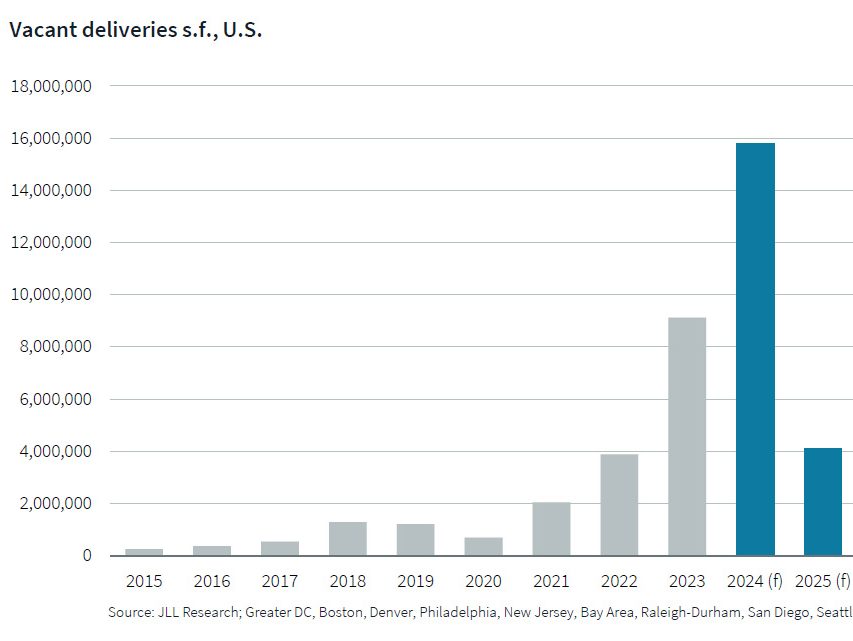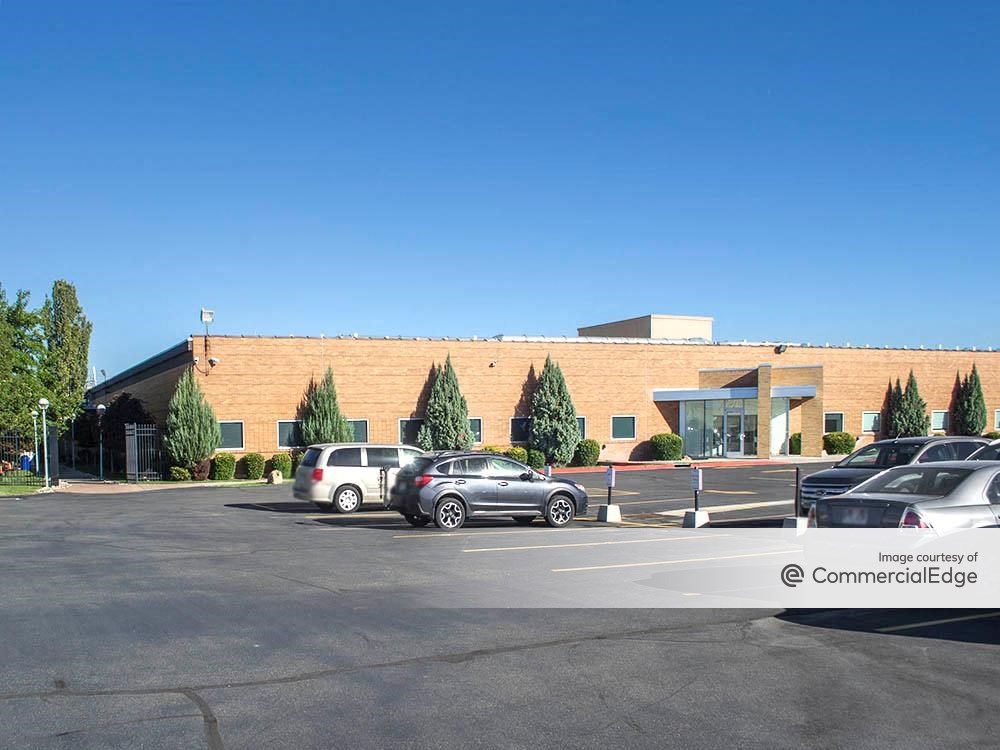April Rents Spring into Action
Multifamily rent growths were surprisingly strong in April, disproving expectations for moderation.
By Mallory Bulman
 Spring is traditionally a healthy time for multifamily rent growths, but April’s numbers came as a surprise, as the rental rate was expected to moderate this year. The average rental rate increased $13 in April to mark its fourth straight record high of $1,194, according to the newest Yardi Matrix monthly report. Rents increased 1.1 percent on a month-over-month basis, 2.6 percent year-to-date and 6 percent year-over-year. These most recent numbers nullify the trend of declining year over year growth, which decreased to 5.7 percent in March after hitting a stride of 6.7 percent in October.
Spring is traditionally a healthy time for multifamily rent growths, but April’s numbers came as a surprise, as the rental rate was expected to moderate this year. The average rental rate increased $13 in April to mark its fourth straight record high of $1,194, according to the newest Yardi Matrix monthly report. Rents increased 1.1 percent on a month-over-month basis, 2.6 percent year-to-date and 6 percent year-over-year. These most recent numbers nullify the trend of declining year over year growth, which decreased to 5.7 percent in March after hitting a stride of 6.7 percent in October.
On a trailing three-month basis, rents grew 0.8 percent, which is 50 basis points greater than last month, and 70 basis points greater than February. Both the luxury-unit Lifestyle and the working-class Renter-by-Necessity sectors experienced growth, with increases of 0.8 percent and 0.7 percent, respectively. “Rents were robust virtually everywhere,” the report stated, citing that a dozen of Yardi Matrix’s top 30 metros experienced rental increases at an annual rate of 10 percent or more and 25 of the 30 increased at a rate of 6 percent or higher.
The trailing 12-month figures, which reflect data that is an average of the past 12 months compared to the same period in the previous year, showed no change from March with a 6.3 percent increase. The trailing 12-month numbers show that Renter-by-Necessity is continually outperforming the Lifestyle segment.
“First-quarter employment data recently released by the Bureau of Labor Statistics demonstrate the crucial link between job and rent growth,” relayed the report, adding that the top markets for employment gains during the past year are all in the top 11 metros for rent growth, either on a trailing 12-month or year-over-year basis. Those metros include Orlando and Austin with a 4.2 percent increase; Dallas at 3.8 percent; San Jose and Jacksonville with 3.5 percent; Phoenix, San Francisco and the Inland Empire at 3.3 percent; and Seattle and Tampa with 3.2 percent. The employment data bodes well for metros like Baltimore, Philadelphia and Washington, DC, which have been below the national average for rent growth but are among the top metros for job opportunities in the first quarter of 2016.
To read the report in full, visit the Yardi Matrix website here.







You must be logged in to post a comment.